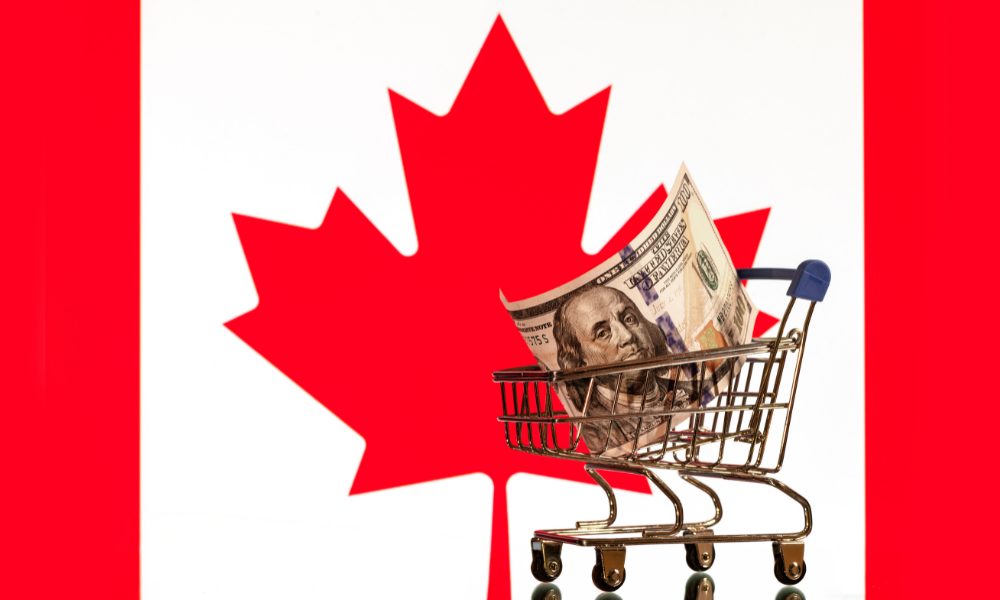BoC governor says Canada's inflation framework has been effective and shouldn't change

Bank of Canada governor Tiff Macklem has ruled out reconsidering the central bank’s 2% inflation target as part of its latest policy framework review, emphasizing that stability remains the priority amid ongoing economic volatility.
“Now is not the time to question the anchor that has proven so effective in achieving price stability,” Macklem said during a speech in the Toronto area. His comments mark the first time since 1995 that the central bank has explicitly rejected reevaluating the 2% inflation target.
Instead, Macklem said the Bank of Canada (BoC) will focus on refining its policy tools to address economic shocks. This includes assessing whether its core inflation measures, trim and median inflation, are still effective in a world of increased volatility.
“We must consider how monetary policy affects housing demand and supply and how the imbalance between them feeds into inflation in shelter prices,” Macklem said.
Macklem acknowledged that higher shelter costs may be distorting core inflation metrics. He indicated the bank would examine whether a broader set of inflation measures should be considered to improve its understanding of underlying price trends.
The BoC conducts a review of its monetary policy framework every five years, typically reaffirming its 2% inflation target with slight modifications. While past discussions have included alternatives such as price-level targeting and nominal GDP targeting, Macklem’s comments suggest no major shift will be made this time.
Macklem also addressed concerns over a potential US-Canada trade dispute. If the US were to impose 10% tariffs on Canadian energy products and 25% levies on all other imports, he warned that Canada would experience widespread economic fallout.
“The shock would be felt across Canada,” Macklem said, pointing out that US exports make up roughly a quarter of national income. He projected an 8.5% drop in Canadian exports within a year of the tariffs taking effect, leading to reduced production and job losses.
Retaliatory Canadian tariffs would temporarily push inflation above 2%, while a weaker Canadian dollar would drive up the cost of imported goods. Consumer spending is expected to decline by over 2% by mid-2027, and business investment could fall nearly 12% by 2026.
“In total, a US-Canada tariff war would plunge the level of Canadian output by nearly 3% over two years and ‘wipe out growth’ in the economy during that period,” Macklem said.
While he expects growth to resume eventually, he projected that long-term output would remain 2.5% lower than if tariffs had never been imposed.
Unlike past economic crises, Macklem warned that monetary policy alone cannot offset the damage from persistent tariffs.
“Unlike the pandemic, if tariffs persist there will be no economic bounce-back,” he said. “Monetary policy cannot restore the lost supply. At most, it can smooth the decline in demand.”
Read next: Canadian banks brace for higher loan loss provisions amid trade fears
He also raised concerns that an initial spike in prices from tariffs could lead businesses and households to expect long-term inflation above the 2% target, complicating the central bank’s response.
Despite these risks, Macklem praised efforts by Canadian policymakers to strengthen economic productivity and trade within Canada. He highlighted the potential for removing interprovincial trade barriers and harmonizing regulations as ways to counteract the negative effects of international trade disputes.
Make sure to get all the latest news to your inbox on Canada’s mortgage and housing markets by signing up for our free daily newsletter here.



